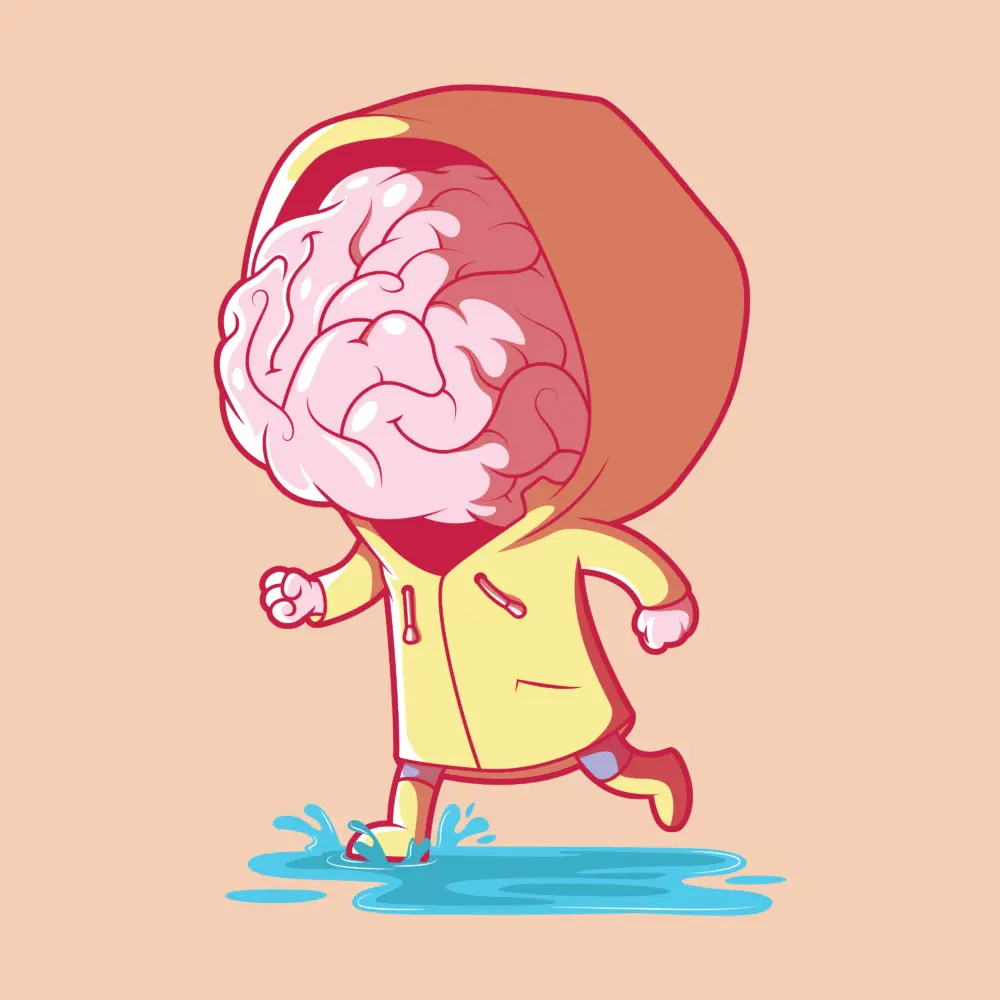In recent years, there has been a growing recognition of the human brain’s incredible plasticity and its profound implications for mental health. Plasticity refers to the brain’s ability to change and adapt throughout life in response to experiences, environment, and learning. Understanding how this remarkable feature of the brain influences mental health is crucial for developing effective interventions and treatments for various psychological disorders.
The Brain’s Adaptive Nature
The brain is not a static organ; instead, it is dynamic and constantly evolving. This adaptability, known as neuroplasticity, enables the brain to reorganize its structure and function in response to new experiences and challenges. Neuroplasticity occurs on various levels, from the microscopic changes in synaptic connections to the larger-scale reorganization of neural networks.
Implications for Mental Health
The plasticity of the brain plays a significant role in mental health, influencing the onset, progression, and treatment of various psychiatric conditions. For example, traumatic experiences can lead to maladaptive changes in the brain, contributing to conditions such as post-traumatic stress disorder (PTSD). Conversely, therapeutic interventions that promote neuroplasticity, such as cognitive-behavioral therapy (CBT) and mindfulness meditation, can facilitate recovery and promote resilience.
Harnessing Neuroplasticity for Healing
One of the most promising aspects of neuroplasticity is its potential for healing and recovery. Research has shown that targeted interventions can stimulate neuroplasticity and promote positive changes in the brain, leading to improvements in mental health outcomes. For example, studies have demonstrated the efficacy of neurofeedback training, a technique that teaches individuals to regulate their brain activity, in treating conditions such as anxiety and depression.
Lifestyle Factors and Brain Health
Lifestyle factors, such as diet, exercise, sleep, and social interaction, also play a crucial role in shaping brain plasticity and mental well-being. Engaging in activities that challenge the brain, such as learning new skills or engaging in creative pursuits, can promote neuroplasticity and cognitive resilience. Similarly, maintaining a healthy lifestyle that includes regular physical activity and nutritious diet can support brain health and reduce the risk of mental health disorders.
The Role of Technology
Advances in technology have opened up new possibilities for leveraging neuroplasticity to improve mental health outcomes. Virtual reality therapy, for example, has emerged as a promising tool for treating phobias, PTSD, and other anxiety-related disorders by providing immersive exposure to feared stimuli in a controlled environment. Similarly, brain stimulation techniques, such as transcranial magnetic stimulation (TMS) and transcranial direct current stimulation (tDCS), are being investigated as adjunctive treatments for depression and other mood disorders.
Conclusion
The plasticity of the human brain offers hope and promise for individuals struggling with mental health challenges. By understanding and harnessing the brain’s remarkable ability to change and adapt, researchers and clinicians can develop more effective interventions and treatments that promote recovery, resilience, and well-being. Embracing a holistic approach that encompasses lifestyle factors, therapeutic interventions, and technological innovations is essential for optimizing brain health and supporting mental wellness in the modern world.
Ready to begin? Start your online therapy journey today. Book your first session now.




